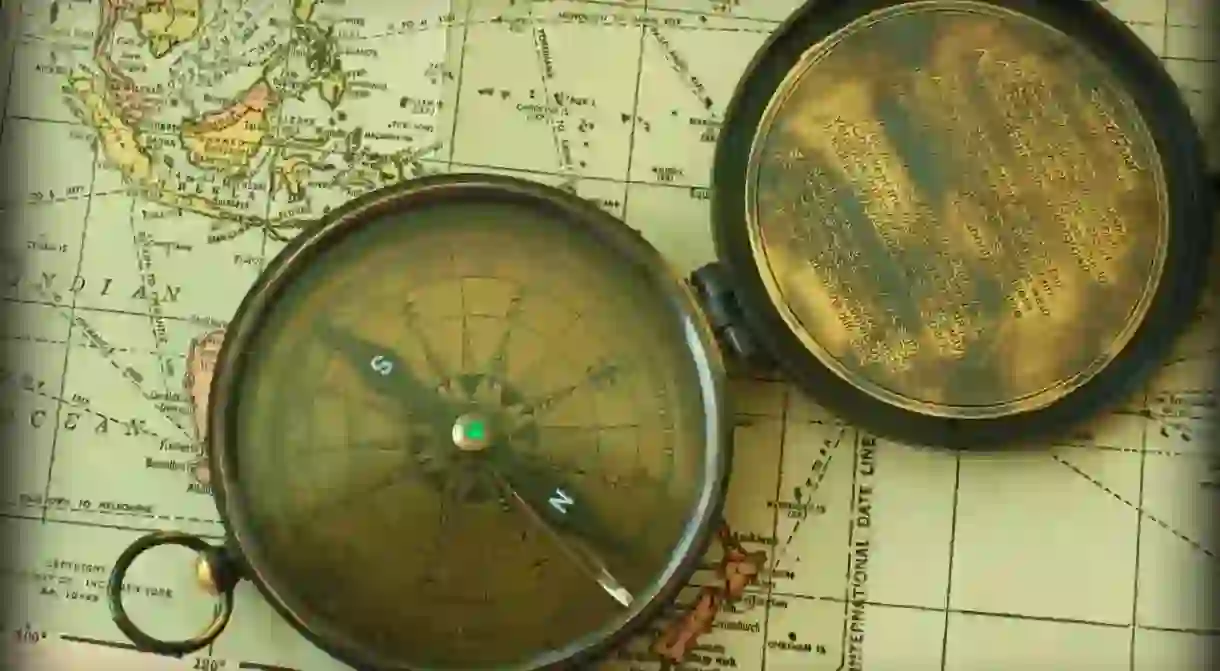A Guide to Travelling in Chile on a Budget

Tourists travelling south through Latin America should be forewarned about the impending hit their wallets will take when passing through Chile. Though you shouldn’t become accustomed to the low prices in Colombia, Ecuador, Peru and Bolivia, you also don’t need to completely avoid the incredible country of Chile and with these few tips for shaving off some pesos here and there, you’ll be able to stay on track with a reasonable budget.
Time is money
One of the reasons you’ll be paying more for travel in Chile is because, simply put, transportation functions more efficiently there. Busses leave on time, often arriving early to their destinations, and are of better quality due to the competition between companies. One way to shave a few pesos off your travel expenses is to study bus departure times since some bus lines and routes do not have a flat rate and will cost more during peak hours. If you have no need to be somewhere at an exact time, opt for the cheapest departure.

Save your seat
As with departure times, some of the more well-known bus lines (like Tur Bus) will have drastically varying prices depending on the location of your seat, regardless if it’s a luxury reclining seat or just a normal bus seat. Normally, seats at the front of the bus will be one price, seats in the middle another, and seats in the back will be the cheapest with prices upwards of 50% off the most expensive ticket. The ride might be a little bumpier and you may be sitting near the bathroom, but the money you’ll save will be worth the minor discomfort in the end. When purchasing your ticket, ask if you can see the seat pricing and don’t be shy about asking for the cheapest available seat.

Tap the tap
The north of Chile is known as being one of the driest places in the world and since you’ll eventually start feeling parched, your water bottle will become your best friend. If you’ve arrived to Chile from Bolivia or Peru, you’ll be used to buying big jugs of water that last for several days but almost all major towns in Chile have purified tap water. Since you’ll need to drink approximately two litres of water a day and a litre bottle of water costs $2 USD, drinking Chile’s tap water will save you up to $30 USD a week. You can even bring a bottle of tap water to avoid buying soda or beer when you go out to eat.

Break cheap
It’s difficult to find a hostel in Chile that offers dorm beds under $13 to $15 USD a night, but you can find a selection of them that include breakfast. Read hostel reviews when you’re booking to find out which places offer an open selection of cereals, breads, fruit, porridge and eggs (even if you have to prepare your meal yourself) because filling up on the most important meal of the day will help you cut costs on your meals later on.

Map app
Taxis are a terrific way to hack away at your daily budget, but if you find yourself completely lost or unsure of where you are, what other option do you have? Keep tabs on where you are and where you’re going with the Google Offline Maps application or with Maps.Me. These applications allow you to download an in-depth map of a region when you have an internet connection and will track your location via GPS when you’re no longer connected. This way, you can search for your desired destination when there’s no WiFi and get an estimate of the fastest walking route. You’ll never have to waste money on a taxi again.

Market on your map
If you’re staying somewhere for a short period of time and therefore don’t need to buy a ton of groceries, you can save a lot of money by filling up on fruits, veggies, meats or even an authentic and reasonably priced meal at any local market. These markets always have the freshest and cheapest produce and food courts that cater to the locals, allowing you to spend a lot less money without skipping a satiating meal. And don’t forget—in Chile, tipping is not necessary.

Be picky
In reality, not every tour is worth doing and not every museum is worth visiting, depending on the type of person you are and where your interests lie. Picking and choosing the tours, museums and sights that really interest you is the best way to make the most of your days and not fall into excessive spending. Travelling shouldn’t be a chore and signing up for every tour purely because you fear you’ll be missing out on something will tire you and run your bank account dry. Be true to yourself, do the things that really make you excited and take advantage of free museums, parks, ‘tips only’ walking tours and monuments where a guided tour isn’t necessary.













